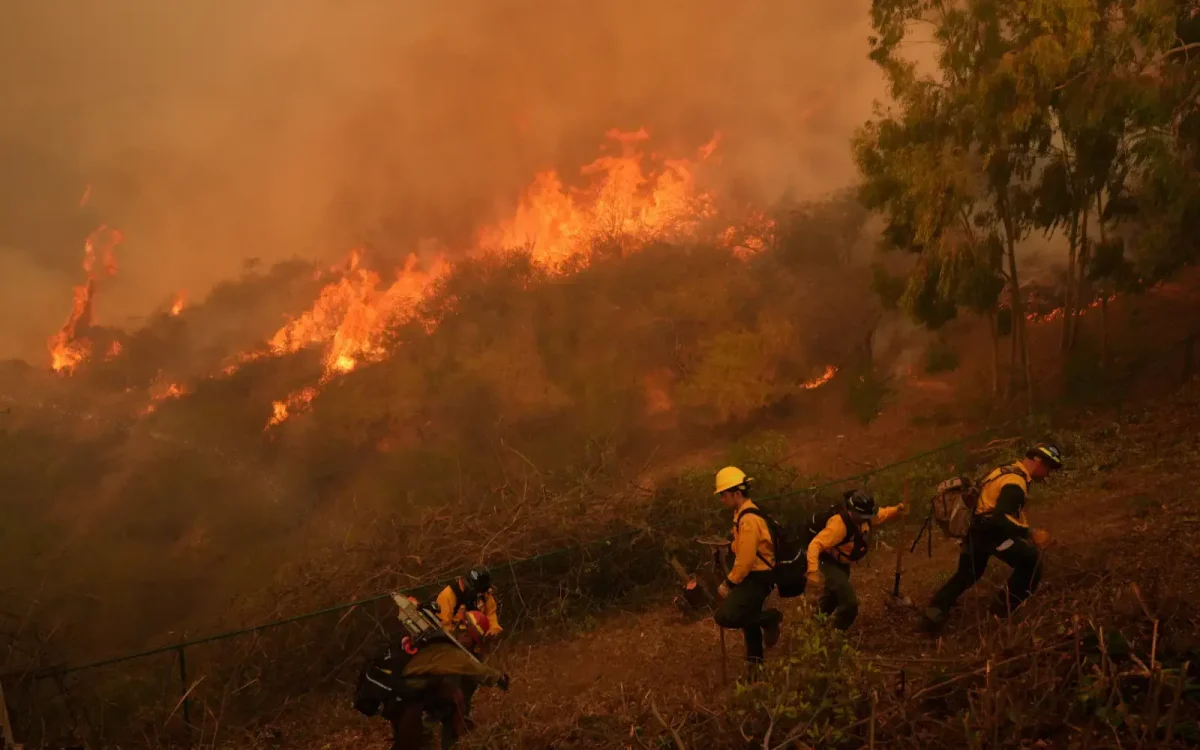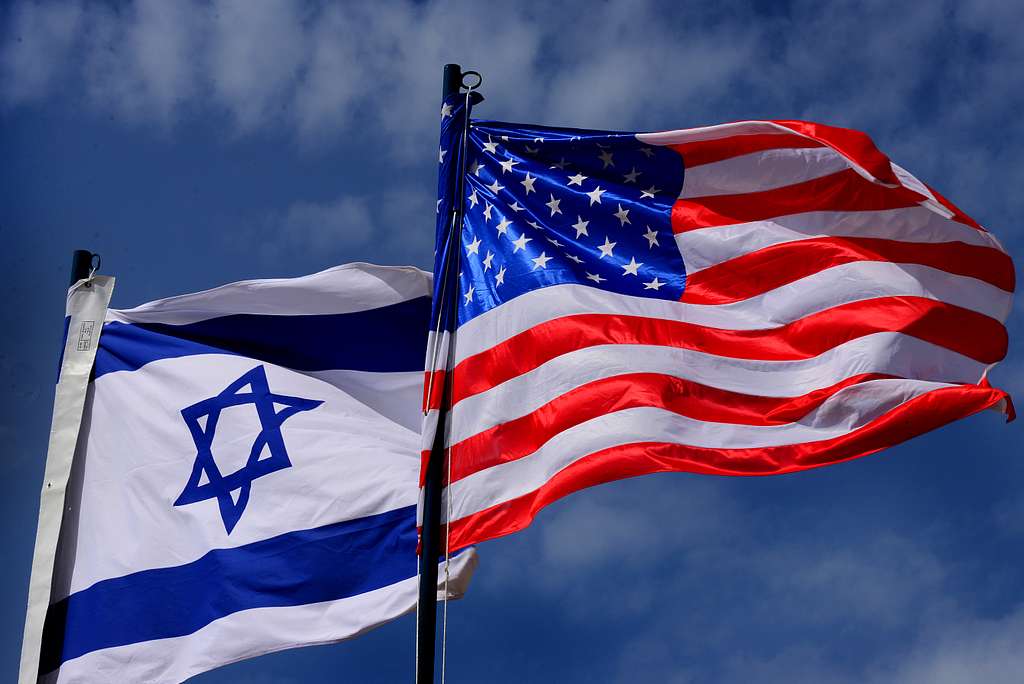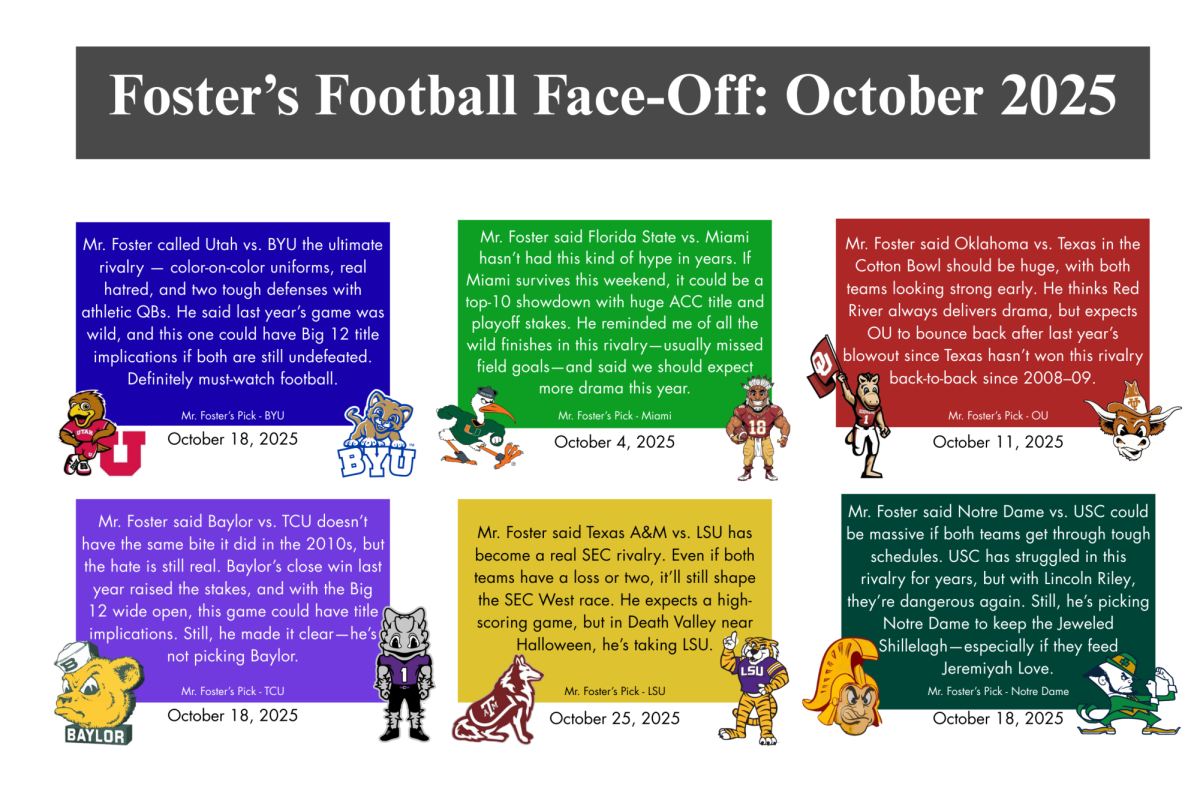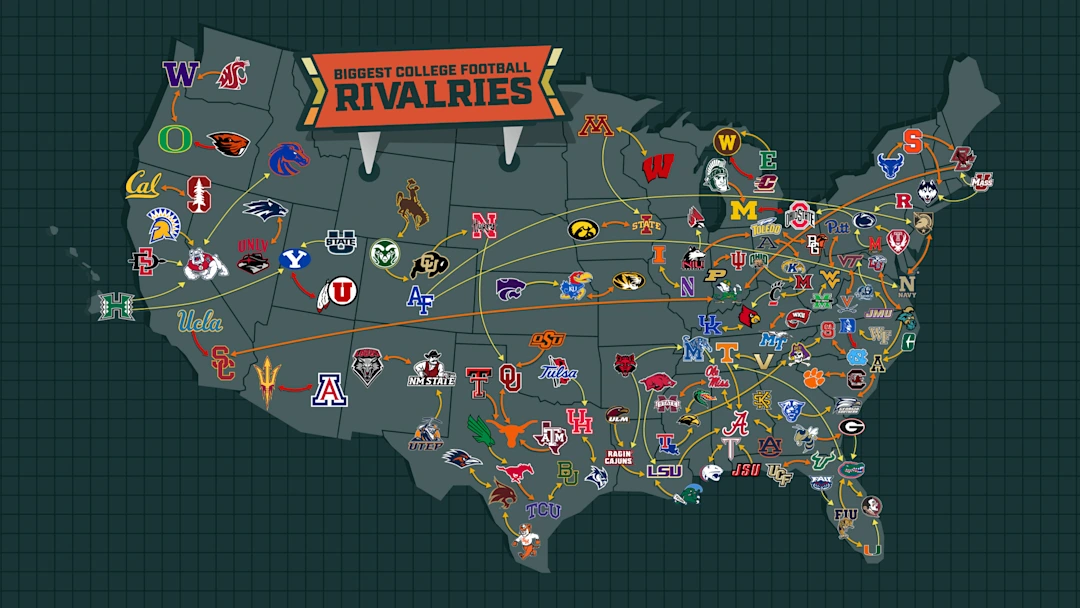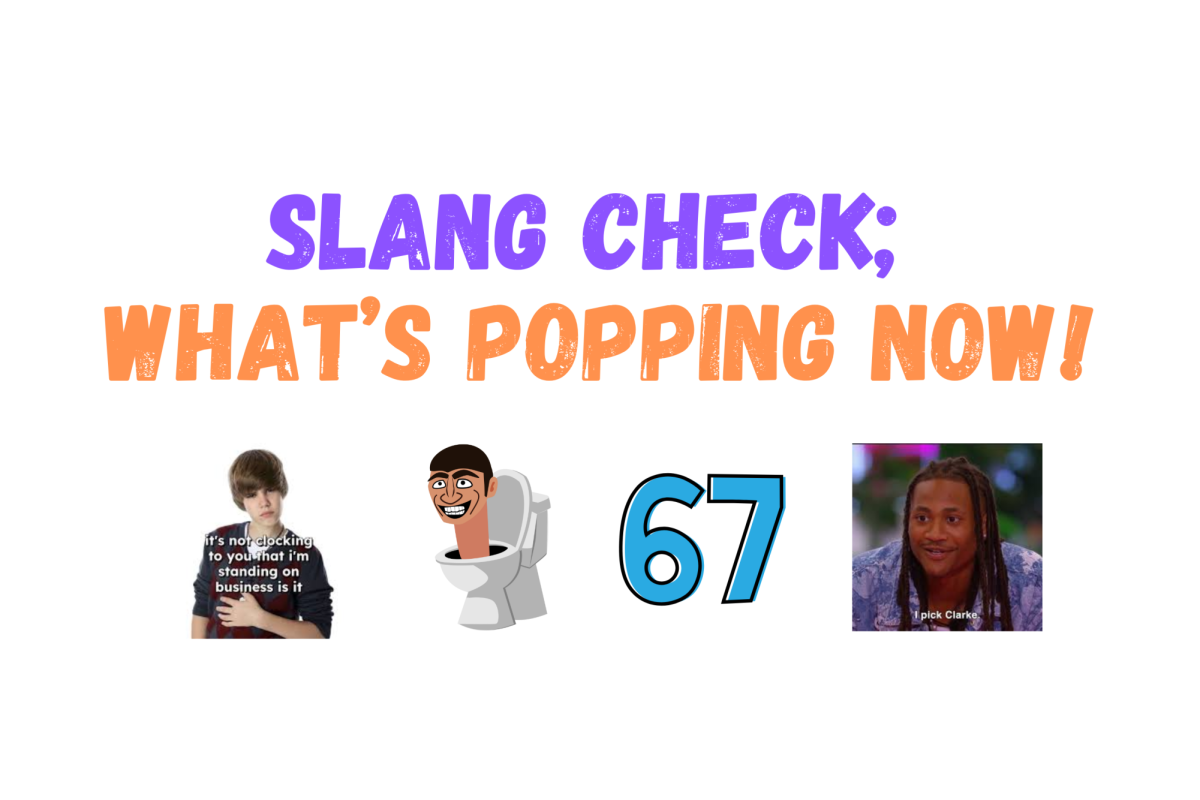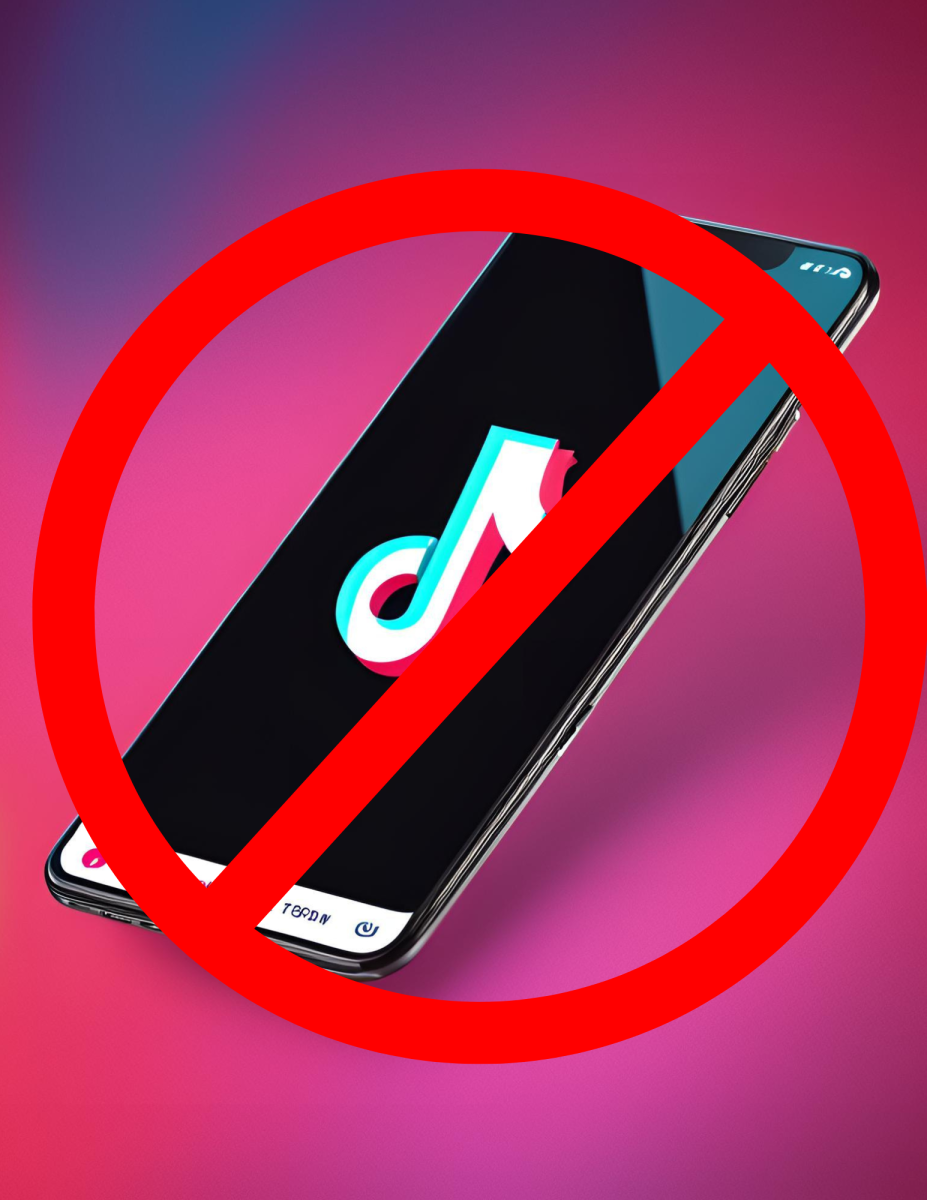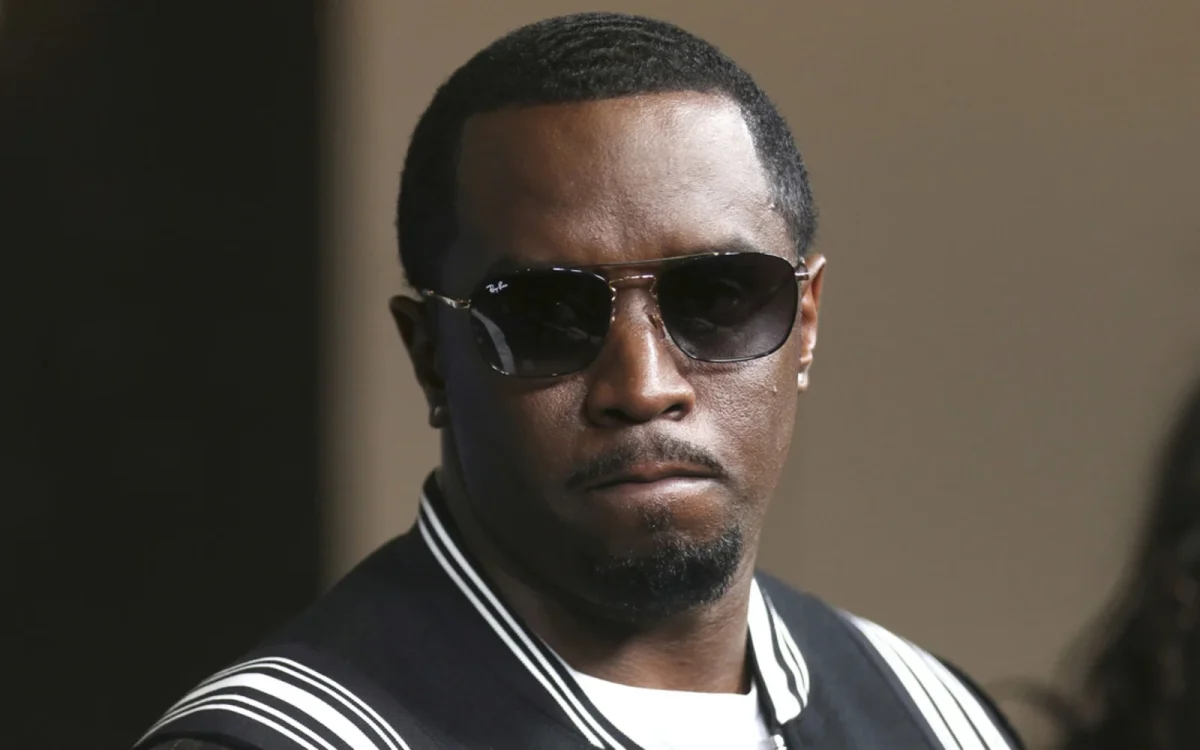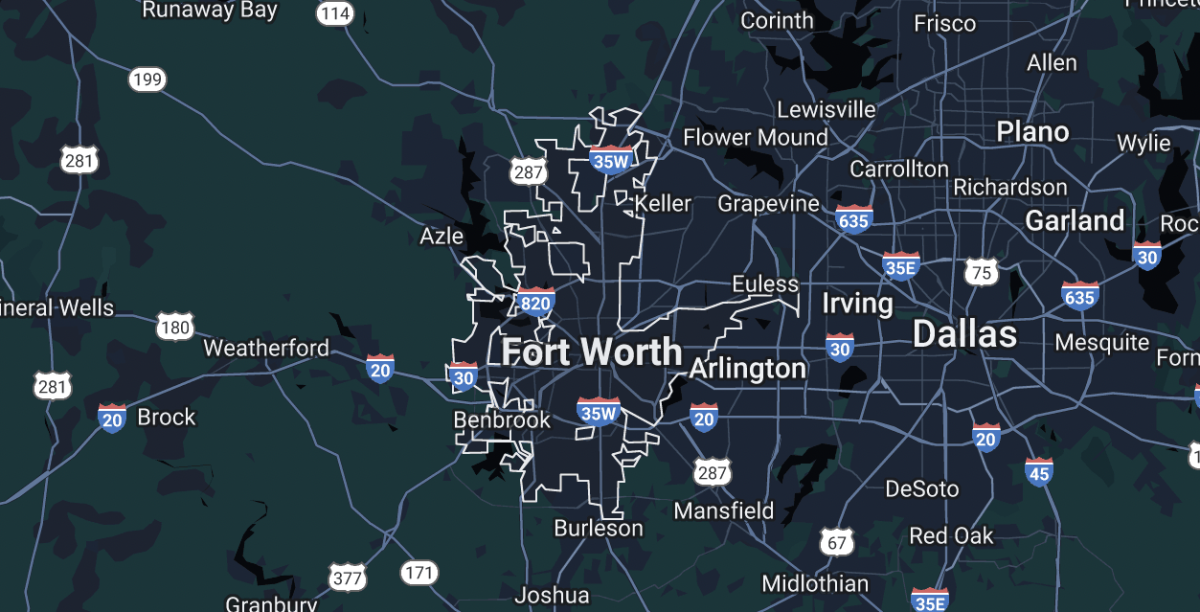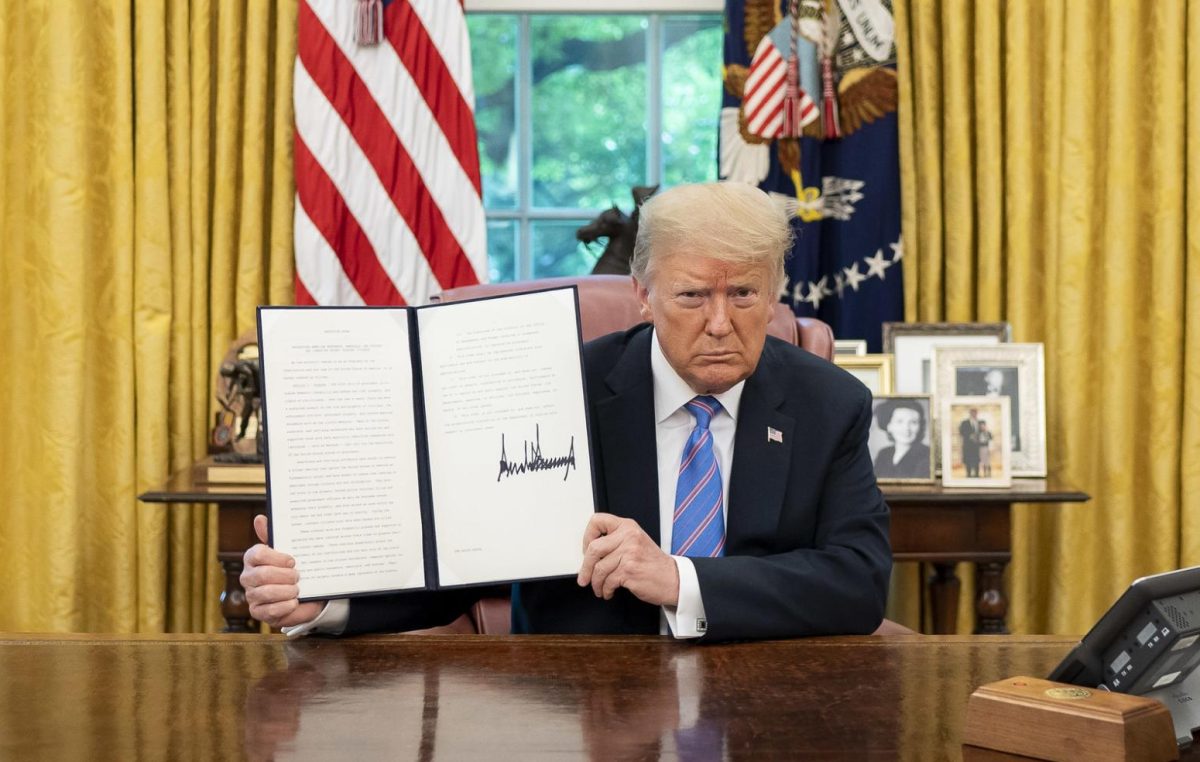An executive order is a direct order from the White House to help manage the federal government. Executive Orders fall under the constitutional powers granted to the president to allow him to direct how federal agencies and departments complete their jobs. Executive Orders can’t make new laws or cancel old ones, but they are allowed to update or change earlier ones.
Executive orders are also numbered in chronological order- meaning the higher the number, the more recent the order is.
One example of an Executive Order is the COVID-19 relief Executive Order issued by Joe Biden. This directly affected communities by giving out stimulus checks, offering tax credits for families, and extending unemployment benefits. This Executive Order directly affected Americans who were struggling through the pandemic.
Executive Orders can’t affect state laws but can in communities that receive federal funding. The limits that are presented to Executive Orders are that they cannot destroy or create new rules, including overriding laws passed by Congress. Every Executive Order is subject to Judicial review, which allows them to be struck down if they are deemed to be against the Constitution.





